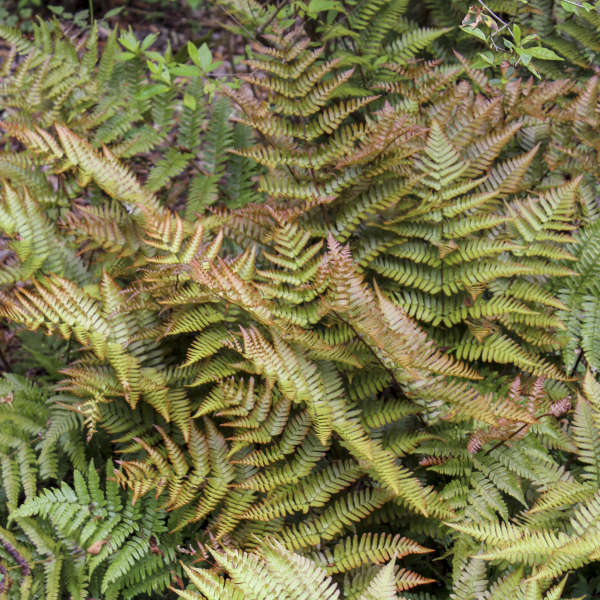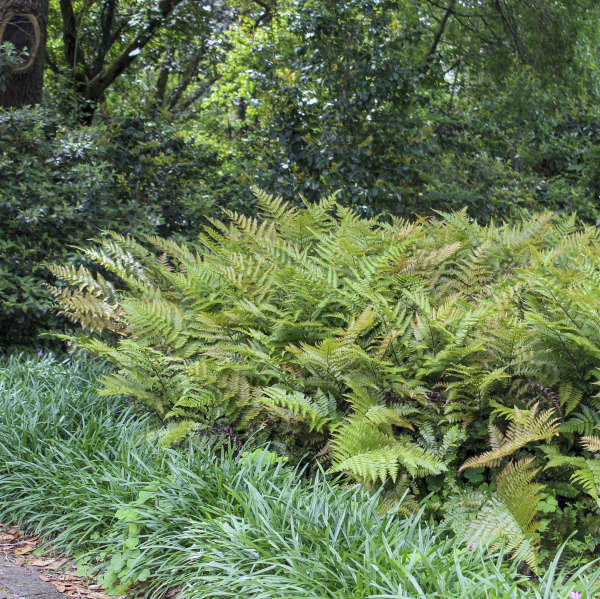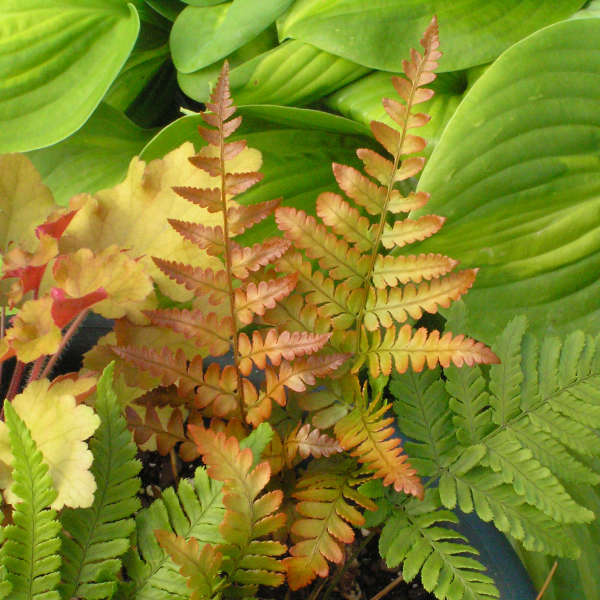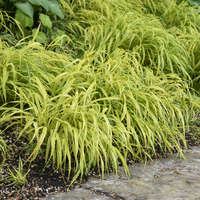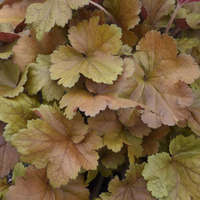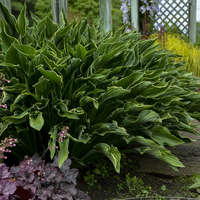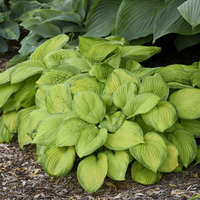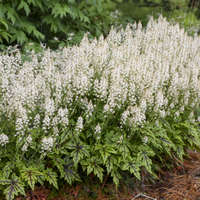Growing Temperature:
60-70° F
Soil PH:
5.5-6.5
EC (What is EC?):
1.0-1.5 pour through method
Fertility:
Ferns are sensitive to high salt levels and may become scorched or experience root injury. Apply 50-7 5ppm nitrates delivered through a water soluable fertilizer with every irrigation. Time released fertilizers incorporated in planting media should be about half of that used with most other perennials.
For Controlled Release or Slow Release Fertilizer, see your preferred supplier for recommended rates for incorporation or top dressing, as it varies by fertilizer.
Pests & Diseases:
Nematodes, aphids, whiteflies, and fern moth caterpillar in greenhouse; thrips, scales, mealybugs, black vine weevil, fern snail (Deroceras), armyworms, Japanese beetle, crickets, grasshoppers, caterpillars in the field.
Botrytis blight, leaf spots, sooty mold (indoors or South), rusts, damping-off (of prothalli), foliar Rhizoctonia, Pythium.
A preventative fungicide drench after planting can be beneficial.
Potting & Timing:
Ferns can be grown at 65-70 F to flush quicker, then lower the temperatures to 58-63 degrees F to finish the crop.
It is best to plant ferns in the summer and bulk before winter.
Moisture:
Good irrigation practices are important. Ferns should be kept moist the entire time they are grown. Water thoroughly when irrigation is required, and allow the substrate to dry slightly between waterings. It is best to water early in the day to allow the fronds plenty of time to dry before night.
Planting Level:
Plugs should be placed at same level as soil surface in the container.
Lighting:
Provide 50% shade in the north and 70% shade in the south.
